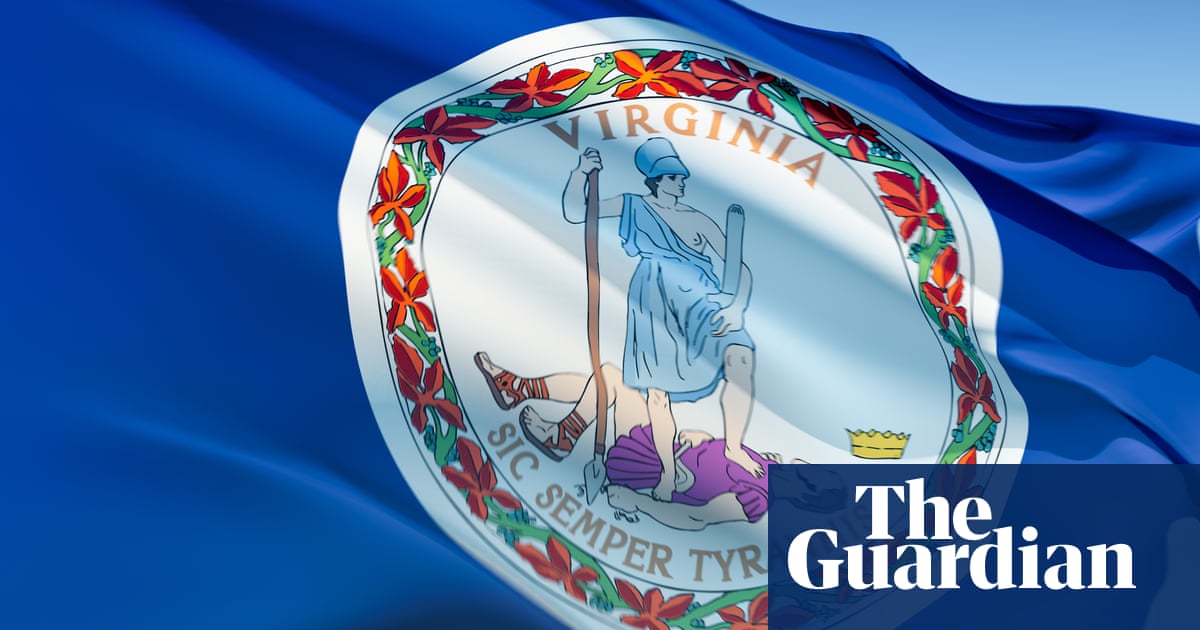Virginia’s state flag and seal, depicting the Roman goddess Virtus standing over a slain tyrant, her drooping toga exposing her left breast, has been banned from younger students in aTexasschool district.
The district, Lamar consolidated independent school district, near Houston, took action against the image late last year when it removed a section about Virginia from its online learning platform used by third through fifth graders, typically encompassing ages eight to 11, sparking a row, Axiosreportedon Thursday.
TheTexas Freedom to Read Project, a group that opposes censorship and book bans in the state, said it had “unlocked a new level of dystopian, book-banning, and censorship hell in Texas” when it discovered that students in Lamar can no longer learn about the state of Virginia on their online research database, PebbleGo Next.
The group said that after it filed a public records request, the school district acknowledged that “Virginia” had been removed from the website due to the lesson violating the school board’s local library policy banning any “visual depictions or illustrations of frontal nudity” in elementary school library material.
The commonwealth of Virginia’s flag is periodically thrust into the national spotlight, and in 2010 was part a debate about what constitutes sexually explicit material in the state’s school libraries.
Then state attorney general Ken Cuccinelli createdspecial lapel pinsthat edited the seal to cover the breast.
Battles over Virginia’s seal and flag date back to 1776 when the commonwealth wanted to appear strong during the war of independence over British rule and hit on the image of Virtus, wielding a sword and spear, and the inscription“Sic Semper Tyrannis” or “Thus always to tyrants”, next to a body and fallen crown.
At that time, the tyrant was taken as a symbol of Britain’s King George III, and Virtus more like a warrior in the Ottoman empire than a Roman deity. Over the years, the image was adapted in various ways.
In 1901, Virginia officials ordered that the depiction of the bared breast be included to show clearly that the figure of Virtus was female.
Sign up toHeadlines US
Get the most important US headlines and highlights emailed direct to you every morning
after newsletter promotion
In the 2010 row, there were debates over Virtus’s nipple and the University of Virginia political scientist Larry Sabato mocked conservatives over censorship efforts, saying: “When you ask to be ridiculed, it usually happens. And it will happen here, nationally. This is classical art, for goodness’s sake.”
This article was amended on 19 April 2025. George III was king of Great Britain and Ireland; an earlier version referred to him only as England’s king.
